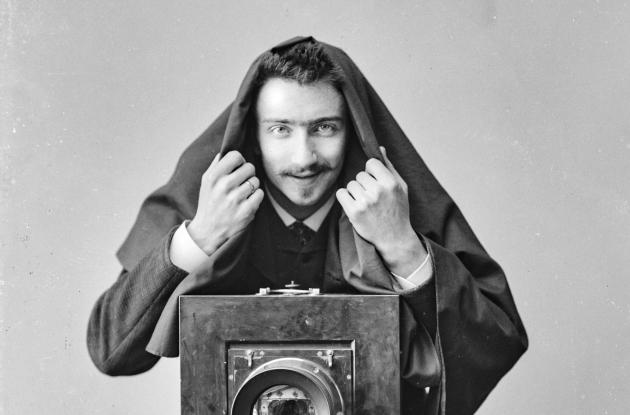Peter Elfelt
Delve into Royal Danish Library's digitised collection of Elfelt's thousands of photographs, ranging from the development of the welfare society in Denmark to man's best furry friend.
Peter Elfelt was one of Copenhagen's great and famous photographers in 1900. He opened a studio on Købmagergade in 1890 and quickly became successful with his portrait photographs. Carte de visite photographs, consisting of small photographs pasted on cardboard sheets with the photographer's name, had become a craze across the country, and virtually everyone went to the photographer to get a portrait of themselves. Up to 20,000 people were photographed by Elfelt. In 1901 he became Royal Court Photographer, and in 1905 he moved his studio to the prominent address Østergade 24.
About the Elfelt collection
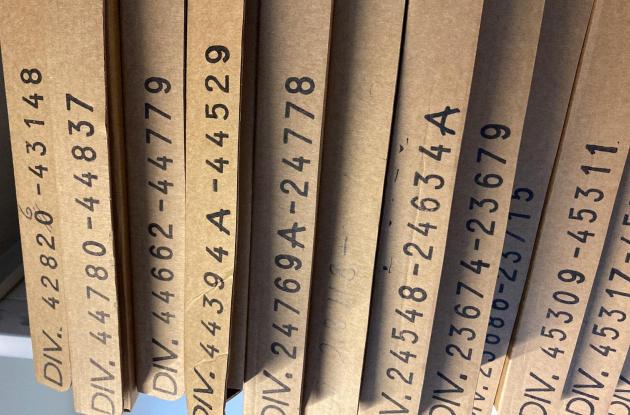
Man's best friend
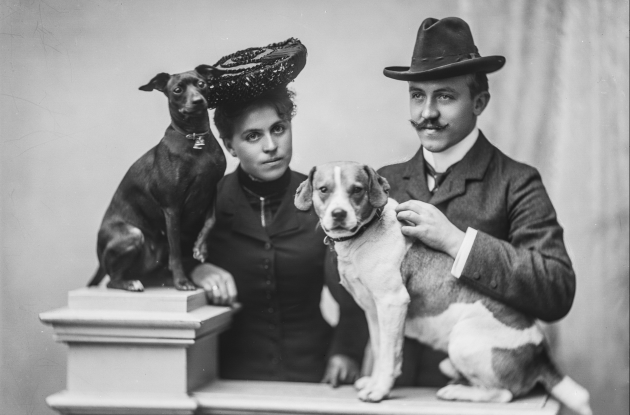
The city through the lens
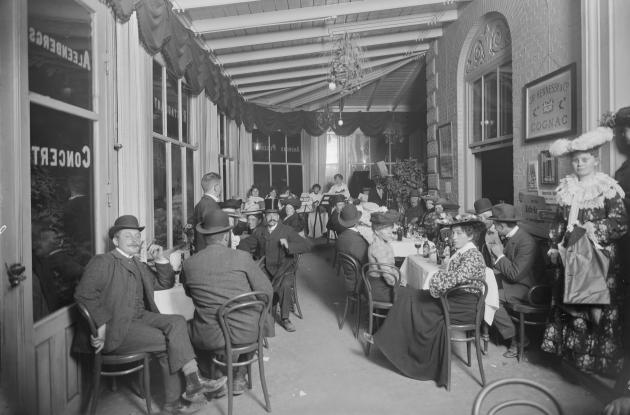
The man behind the camera
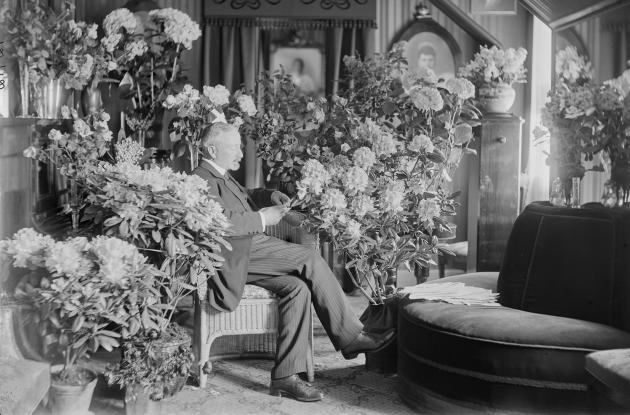
Arms stretched
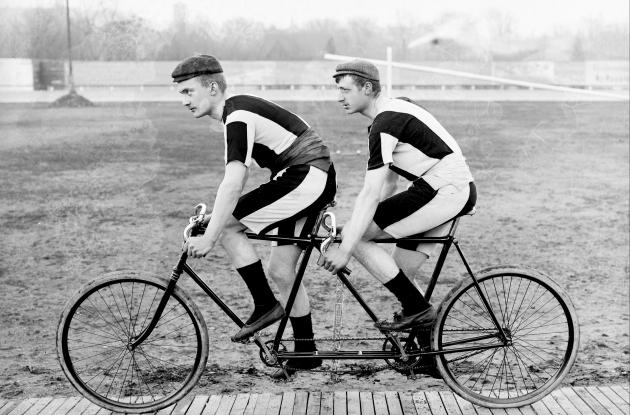
Elfelt did not just become a well-known portrait photographer. He also came out of the studio and photographed all over the city. He took thousands of photographs of important events and places, of royalty, financiers as well as of workers, artisans and also some of the very poorest. He went into hairdressers, hat shops, merchants, workshops and factories. He also photographed buildings and shop fronts and got in amidst the pedestrians and cyclists. A sensational invention, the car, is also placed in front of the photographer's eye.
Today, Elfelt remains one of Copenhagen's most productive and enterprising photographers who photographed a world undergoing rapid change. A world where industrialisation and urbanisation left their clear traces. In Elfelt's photographs, we get a sense of the world that came into being more than a hundred years ago.
